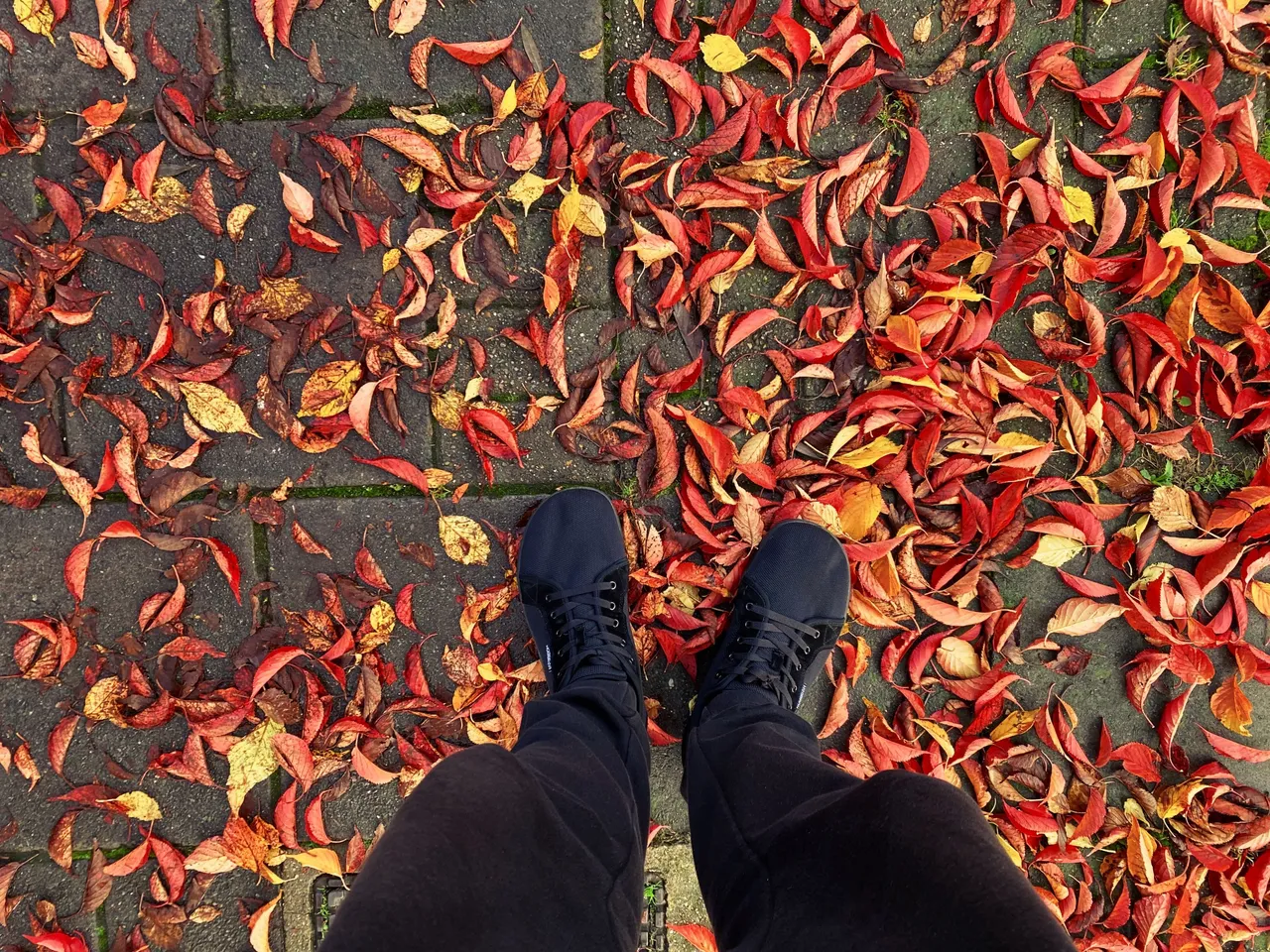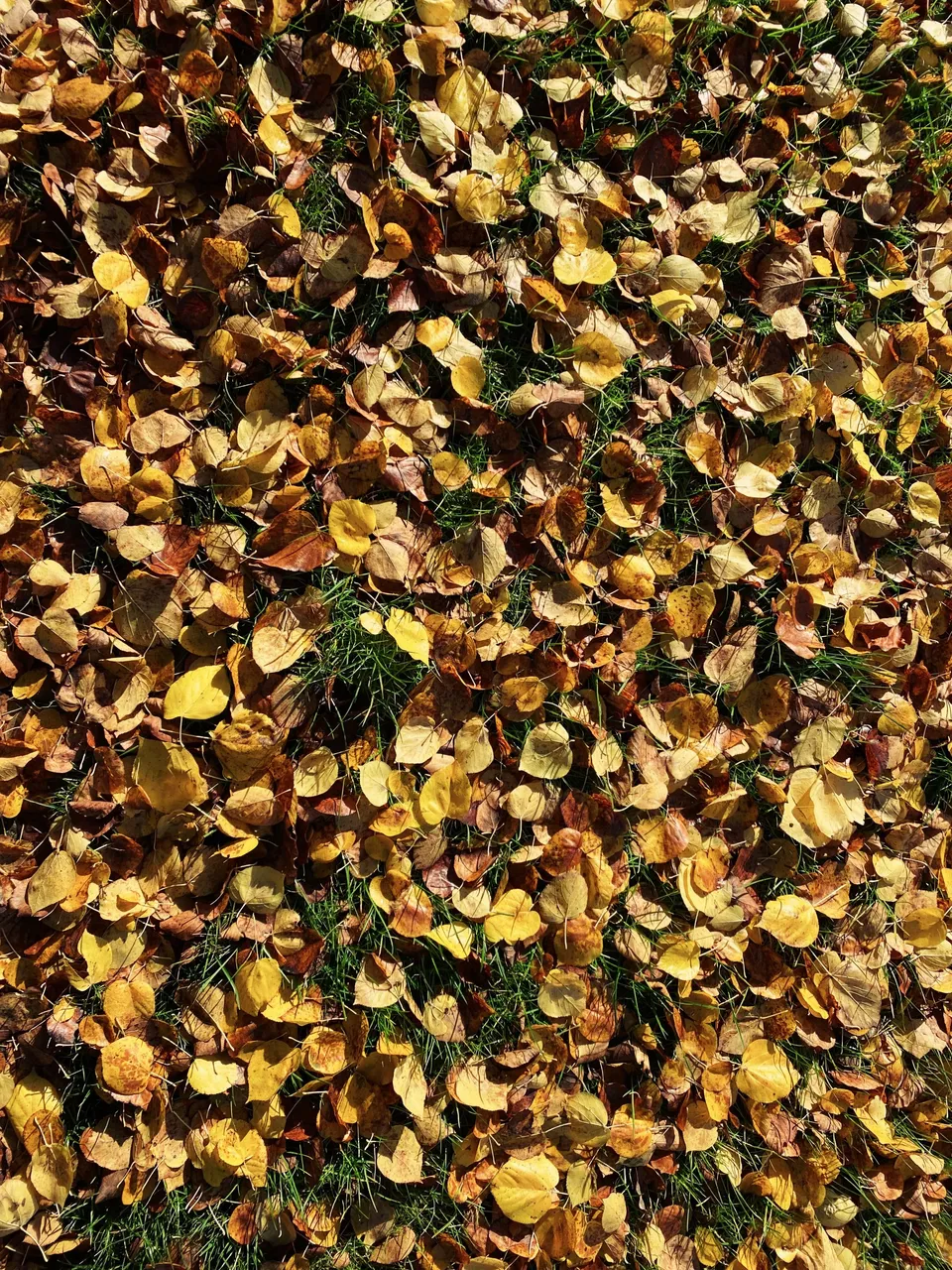🍁🍂 The Splendid Autumn Transformation 🍁🍂
As October draws to a close in the United Kingdom, one cannot help but be captivated by the enchanting transformation that takes place all around. The leaves of the trees, once resplendent in their summer greens, embark on a breathtaking journey of colour and transition that ushers in the beauty of autumn. This remarkable process not only signifies the end of one season but also prepares the landscape for the cold embrace of winter. Winter isn't officially here yet, of course, that happens in December, specifically on the 21sth. But, nature is getting ready.

One of the most iconic features of this time of year is the transition of green leaves to vibrant hues of red, orange, and yellow. This mesmerising transformation is a result of the breakdown of chlorophyll, the green pigment responsible for photosynthesis. Funny that back in school they thought os about the green, but never about the breakdown of it. I had to learn that by myself at some point. As daylight hours decrease and temperatures drop, trees stop producing chlorophyll. This cessation of chlorophyll production allows other pigments in the leaves, such as carotenes and anthocyanin, to shine through and create the brilliant spectrum of autumn colours. So, basically, these autumn colours are always there, you just can't see them because they're overwhelmed by the chlorophyll green!
The UK's native trees, such as the oak, beech, and maple, undergo this change with their own unique flair. The oak trees turn rustic brown, while beech trees transform into a stunning golden spectacle. The fiery red and orange hues of the maple leaves add an extra layer of charm to the British countryside. I'm in the city now but I've spent time in the countryside several times during autumn and it's a thing to behold. Layers of oranges, reds, browns and yellows as far as the eye can see. I always say that autumn is more colourful than even spring. And then you have the evergreens - those trees that opt out of this whole thing altogether. Evergreen trees, and other plants that don't shed leaves or bear fruit near winter, like the mistletoe, thus feature heavily in ancient winter folklore, some of which can be seen in Christmas iconography today.
While these changes are visually stunning, they also serve a crucial ecological purpose. As the trees prepare for winter, they shed their leaves to conserve water and energy during the cold months. The fallen leaves, as they accumulate on the forest floor, provide essential nutrients to the soil, promoting future tree growth and maintaining the health of the ecosystem. Isn't nature grand? It's the cycle of life.
The UK's deciduous trees, which lose their leaves each autumn, create an atmospheric display as they stand in contrast to evergreen conifers, which remain green throughout the year. This juxtaposition is a hallmark of autumn in the UK and contributes to the unique beauty of the season. It's not just the UK, of course, its most of temperate Europe this time of year. So folks in Germany, Poland, Czechia, Sweden and Lithuania, to name a few, are observing the same exact thing at this time. Some of those countries, especially the more northern ones, may already have seen snow. My family in Canada have already sent me photos of the first snow over there.

In addition to the natural beauty of autumn leaves, the UK's seasonal traditions are intimately tied to this phenomenon. Many people engage in leaf peeping, a leisurely activity that involves exploring the countryside to admire the picturesque landscapes. Have a look on Instagram now and filter for UK and you will see an ocean of landscape photos from various countryside locations in the country, especially since half-term only just ended. Many families would have gone into the countryside from the cities to enjoy this picturesque time. I'm not sure about this year actually. The economy may have curtailed that activity somewhat.
The falling leaves also bring Halloween and Bonfire Night into the spotlight. Collecting fallen leaves is a favourite pastime for children, who often use them to create decorative displays or as props for Halloween costumes. The crackling bonfires of Bonfire Night, celebrated on November 5th, are adorned with autumn leaves and effigies, turning the evening into a magical, fiery spectacle. Let's just hope it doesn't just rain and rain, turning the otherwise beautiful foliage into heaps of mushy slippery goo.
Happy Halloween 🎃.
Peace & Love,
Adé